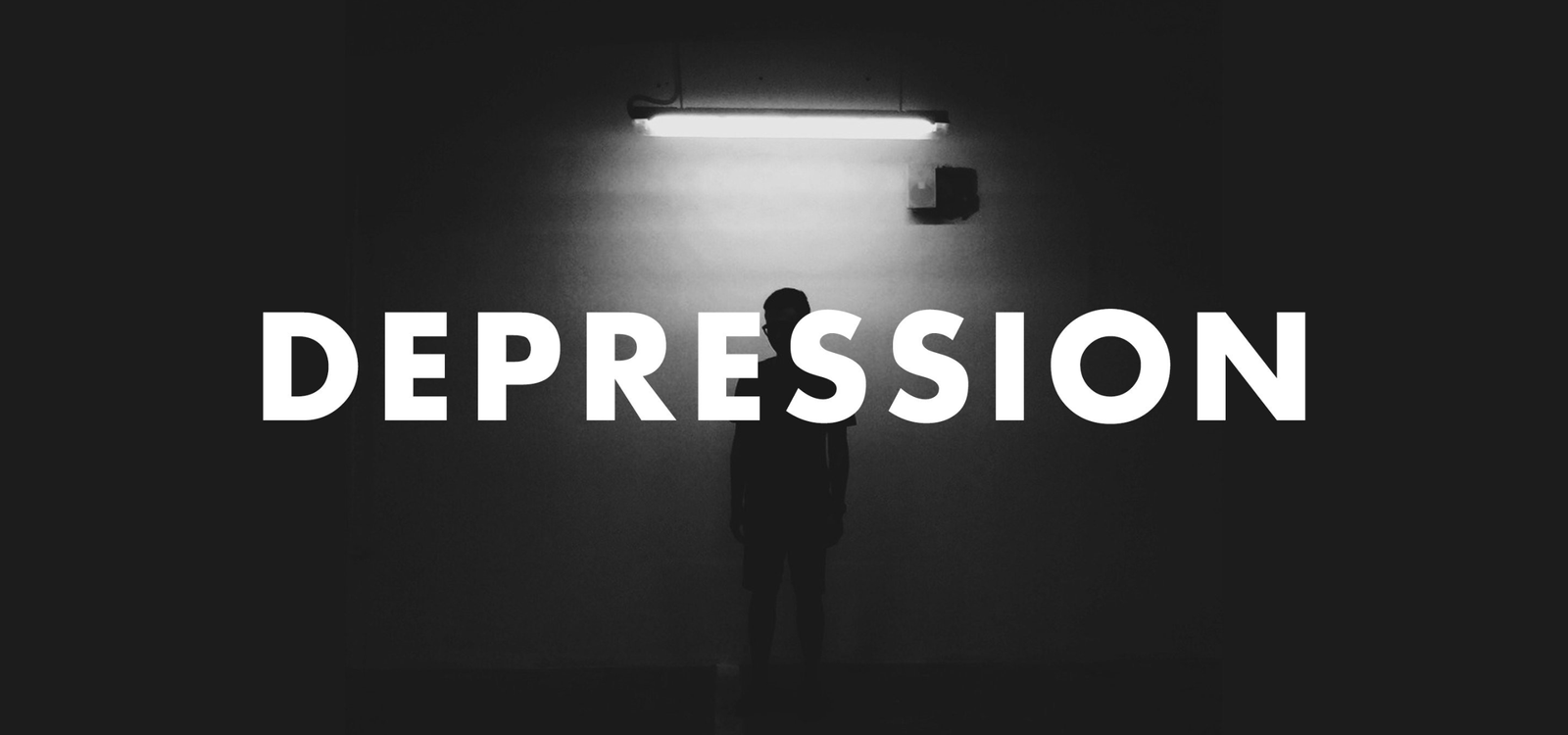
Understanding the Diagnostic and Statistical Manual of Mental Disorders-5-TR and its Classification of Depression
Introduction
The Diagnostic and Statistical Manual of Mental Disorders-5-TR (DSM-5-TR) is a widely recognized and authoritative guide used by mental health professionals for diagnosing and classifying mental disorders. Developed by the American Psychiatric Association (APA), it provides a standardized framework for understanding and identifying various mental health conditions. In this article, we will focus on depression, exploring its definition, symptoms, diagnostic classification, criteria sets, and subcategories as outlined in the DSM-5-TR.
Definition of Depression as per DSM-5-TR
Depression, also known as major depressive disorder, is a common mental health condition characterized by persistent feelings of sadness, loss of interest or pleasure, changes in appetite or weight, sleep disturbances, fatigue, feelings of worthlessness or guilt, difficulty concentrating, and recurrent thoughts of death or suicide. According to the DSM-5-TR, these symptoms must be present for at least two weeks and significantly impair an individual’s daily functioning to be diagnosed with depression.
Symptoms of Depression as per DSM-5-TR
The DSM-5-TR outlines several symptoms that may indicate the presence of depression. These symptoms include:
- Persistent feelings of sadness, emptiness, or hopelessness
- Loss of interest or pleasure in activities once enjoyed
- Significant weight loss or gain, or changes in appetite
- Insomnia or hypersomnia (excessive sleepiness)
- Psychomotor agitation or retardation (observable physical restlessness or slowed movements)
- Fatigue or loss of energy
- Feelings of worthlessness or excessive guilt
- Difficulty concentrating or making decisions
- Recurrent thoughts of death or suicide
Diagnostic Classification of Depression as per DSM-5-TR
The DSM-5-TR classifies depression as a mood disorder. It distinguishes between several subcategories of depression, including:
- Major Depressive Disorder (MDD): This is the most common form of depression and is characterized by the presence of one or more major depressive episodes.
- Persistent Depressive Disorder (PDD): Formerly known as dysthymia, PDD involves a chronic depressive state lasting for at least two years, with symptoms that may be less severe than those of MDD.
- Disruptive Mood Dysregulation Disorder (DMDD): Primarily diagnosed in children and adolescents, DMDD is characterized by severe and recurrent temper outbursts, along with a persistent irritable or angry mood.
- Premenstrual Dysphoric Disorder (PMDD): This disorder involves the presence of depressive symptoms that occur in the week before menstruation and significantly impact a woman’s functioning.
- Substance/Medication-Induced Depressive Disorder: This category includes depression that is directly caused by substance abuse, medication side effects, or exposure to toxins.
Diagnostic Criteria Sets for Depression as per DSM-5-TR
To diagnose depression, mental health professionals refer to specific criteria sets outlined in the DSM-5-TR. These criteria include the presence of a certain number of symptoms, their duration, and the level of impairment they cause. The DSM-5-TR provides detailed guidelines to ensure accurate and consistent diagnosis across different clinicians and settings.
Conclusion
The DSM-5-TR serves as an essential tool for mental health professionals in diagnosing and classifying mental disorders. When it comes to depression, the manual provides clear definitions, symptom criteria, and classification categories to aid in accurate diagnosis and effective treatment planning. Understanding the DSM-5-TR’s guidelines for depression can help individuals, their loved ones, and healthcare providers navigate this common mental health condition more effectively.
Learn More
Understanding Depression: Symptoms, Differences, and Treatment Options
Introduction
Depression is a common mental health disorder that affects millions of people worldwide. It is important to understand the symptoms, differences from sadness or grief, and the various ways it can manifest in different age groups and genders. This article will explore the assessment and treatment options available for depression.
Symptoms of Depression
Depression is characterized by persistent feelings of sadness, hopelessness, and a loss of interest or pleasure in activities. Other common symptoms include:
- Changes in appetite and weight
- Sleep disturbances
- Difficulty concentrating or making decisions
- Fatigue or loss of energy
- Feelings of worthlessness or excessive guilt
- Recurrent thoughts of death or suicide
Depression vs. Sadness or Grief/Bereavement
While it is normal to experience sadness or grief after a loss or disappointment, depression is different. Sadness and grief are temporary and typically improve over time, whereas depression is a persistent condition that requires professional intervention. If symptoms persist for more than two weeks and interfere with daily functioning, it may be a sign of depression.
Depression Symptoms in Children and Teens
Depression can affect individuals of all ages, including children and teenagers. In younger individuals, symptoms may manifest differently and can include:
- Irritability or anger
- Withdrawal from friends and family
- Changes in appetite and sleep patterns
- Difficulty concentrating or performing well in school
- Physical complaints such as headaches or stomachaches
If you suspect your child or teenager may be experiencing depression, it is important to seek professional help.
Depression Symptoms in Older Adults
Depression in older adults is often overlooked or misdiagnosed. Symptoms may be attributed to other health conditions or dismissed as a normal part of aging. Common symptoms in older adults include:
- Memory problems
- Unexplained physical ailments
- Withdrawal from social activities
- Feelings of hopelessness or worthlessness
- Increased use of alcohol or medication
It is crucial for healthcare providers and caregivers to be vigilant in identifying depression in older adults and ensuring they receive appropriate support.
Depression Symptoms in Women
Depression affects women at a higher rate than men. Hormonal changes during puberty, pregnancy, and menopause can contribute to the development of depression. Common symptoms in women include:
- Increased irritability or mood swings
- Feelings of guilt or worthlessness
- Changes in appetite and sleep patterns
- Loss of interest in activities
- Thoughts of self-harm or suicide
It is important for women to seek support and treatment if they experience these symptoms.
Depression Symptoms in Men
Depression in men is often underreported and can be masked by anger or irritability. Men may be less likely to seek help due to societal expectations of masculinity. Common symptoms in men include:
- Increased anger or aggression
- Loss of interest in work or hobbies
- Physical symptoms such as headaches or digestive problems
- Substance abuse
- Thoughts of self-harm or suicide
It is crucial to encourage men to seek help and provide them with a safe space to discuss their emotions.
Assessment of Depression
Assessing depression involves a comprehensive evaluation by a healthcare professional. This may include a physical examination, psychological assessments, and interviews to determine the severity and impact of symptoms. It is important to be honest and open during the assessment process to ensure an accurate diagnosis.
Treatment for Depression
Treatment for depression can vary depending on the individual and the severity of symptoms. Common treatment options include:
- Psychotherapy: Talk therapy with a trained therapist can help individuals explore their thoughts and emotions, develop coping strategies, and improve their overall well-being.
- Medication: Antidepressant medications may be prescribed to help regulate brain chemistry and alleviate symptoms. It is important to work closely with a healthcare provider to find the right medication and dosage.
- Lifestyle changes: Engaging in regular exercise, maintaining a healthy diet, getting enough sleep, and reducing stress can all have a positive impact on depression symptoms.
Therapies for Depression
In addition to traditional treatment options, there are alternative therapies that can complement and enhance the treatment of depression. These include:
- Mindfulness and meditation: Practicing mindfulness and meditation techniques can help individuals manage stress, improve self-awareness, and promote emotional well-being.
- Art therapy: Engaging in creative activities such as painting or drawing can provide an outlet for self-expression and emotional healing.
- Exercise therapy: Physical activity has been shown to release endorphins, improve mood, and reduce symptoms of depression.
Conclusion
Depression is a complex mental health disorder that can affect individuals of all ages and genders. Recognizing the symptoms and seeking appropriate treatment is crucial for managing and overcoming depression. With the right support and interventions, individuals can lead fulfilling and meaningful lives.
Learn More
